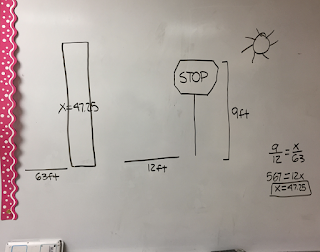Here is my list of 25 books read this year. I started to journal about them, just writing a little synopsis so I wouldn't forget them, but that stopped a few months in. Then, I switched over to the notes in my phone and just typed the title and gave them a thumbs up or down.
First the bad...Sorry, just not my style.
These are some I do NOT recommend.
Grasshopper Jungle - do NOT waste your time. I wasted enough for the both of us. Just weird, weird, weird. Unless I intrigued you, then read it.

The Most Dangerous Place in the World - yuck, snooze fest.

The Futures - just weird.

As Simple As Snow - I liked the way the author wrote. I even liked the characters. Just didn't like the story line.

Small Admissions - I am counting this has read but I didn't finish it. Boring.

Now, for the good stuff, in order of how I read them this year:
Victoria - loved it, read it before the series came on and so excited for it to start back up.

Wonder - going to see the movie on Monday.

The Nightengale - a most read. I thought the movie was coming out at Christmas but it looks like next year now. Read it before the movie. What a great story.

Simon vs. the Home Sapiens Agenda - love this! And, the movie is coming out called Love, Simon and that is a great name for it. Read this.

The Radius of Us - great, different.

The Circle - 500 pages, I committed, I read it. I wasn't exactly happy with it but I don't want to spoil anything for you. I haven't seen the movie yet. Not sure I want to.

Big Little Lies - great, don't have HBO but watched the first day of the series.

City of Saints and Thiefs - a must - different - not many YA take place in Africa. Great story.

The Hate U Give - second time through. I read it last year and then chose to read it again this summer for our HS summer reading book club. I follow the author on Twitter and love seeing how the movie is coming together.

I'll Give You the Sun - love!

Aristotle and Dante Discover the Secrets of the Universe - love this one too!

To all the Boys I've Loved Before - cute, light, easy.

More Happy Than Not - really liked this. I borrowed from my friend who heard the author speak and really liked it. I bought another book by him called "They All Die at the End" but it was stolen with my backpack so I didn't get to finish it.

The Beautiful List - I honestly do not remember even reading this. I gave it a thumbs up. I often read way too fast, I don't remember reading it, hence the attempt at journaling.
(hmmm, can't find a picture of the book. Maybe it was something else. Curious? I am still counting it as read).
Turtles All the Way Down - love, love, love!

The Rumor - great - oh, look, not a YA.

Zenn Diagram - cute, mathy, give it a try

Alex Approximately - good

The Nowhere Girls - Our town library recently formed a book club for adults (and students in grades 11 and 12) who enjoy reading YA. Right up my alley. I joined it and this was our first book. I loved it and highly recommend it. We have our meeting on it on Jan 22nd. I can't wait to chat about it.

I think my first book of 2018 will be Dear Martin. Not sure what else will follow, but I will break this year's number. You can see I love books that are going to be made it to movies, so I think I will google that now.






















